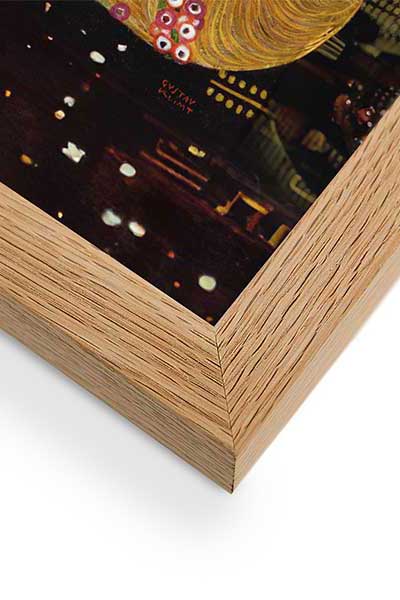Sky Horse - canvas
- In stock, ready to ship
- Backordered, shipping soon
- Worldwide free shipping for orders over €60
- Delivery 5 - 7 working days*
One motif, many styles: discover our diverse collection
Looking for some flair for your office or home? Your search is over! Featuring vibrant and fade-resistant colors, this canvas print is sure to catch the eye.
• Acid-free, PH-neutral poly-cotton base
• 0.5mm thick poly-cotton fabric
• Canvas fabric weight: 470gsm
• Fade-resistant
• Hand-stretched on a solid wood frame
• Matte coating
• 3.81 cm deep
• Includes mounting clips
What is Cheonmado?
The "Heavenly Horse" - the painting Gyeongju Cheonmachong Jangni Cheonmado (慶州 天馬塚 障泥 天馬圖) shows a horse (Cheonma) depicted on a jangni, the ends of which hang down the sides of the horse's saddle. The image measures 75 cm wide, 53 cm long and is approximately 6 mm thick. It was discovered in 1973 in Ancient Tomb No. 155 (Cheonmachong) in Hwangnam-dong, Gyeongju. On November 16, 1982, it was recognized as National Treasure No. 207 of the Republic of Korea and is now owned by the Gyeongju National Museum, where it is exhibited.

Summary
The panel on which the Cheonmado is depicted consists of several layers of birch bark, which were placed on top of each other, quilted with fine bark and covered with leather at the edge. A celestial horse is depicted in white in the middle, while the edge is decorated with tendril patterns in white, red, brown and black. The celestial horse appears to be galloping through the sky with its tail raised, with ring-shaped protuberances visible on its front and hind legs and a tongue extended like a mouth, features that symbolize the animal's divine energy. This suggests that the white horse was considered a god of animals, whose job it was to transport the souls of the deceased to the heavenly world.
The Cheonmado, painted in the 5th and 6th centuries during the Silla Dynasty, shows similarities to the martial arts and tomb paintings of the Goguryeo period in the scroll pattern of the frame. This suggests that Silla Dynasty painting was influenced by Goguryeo art. Since it is a work of the Silla, it is one of the few surviving paintings from this period, which underlines its high historical value.































